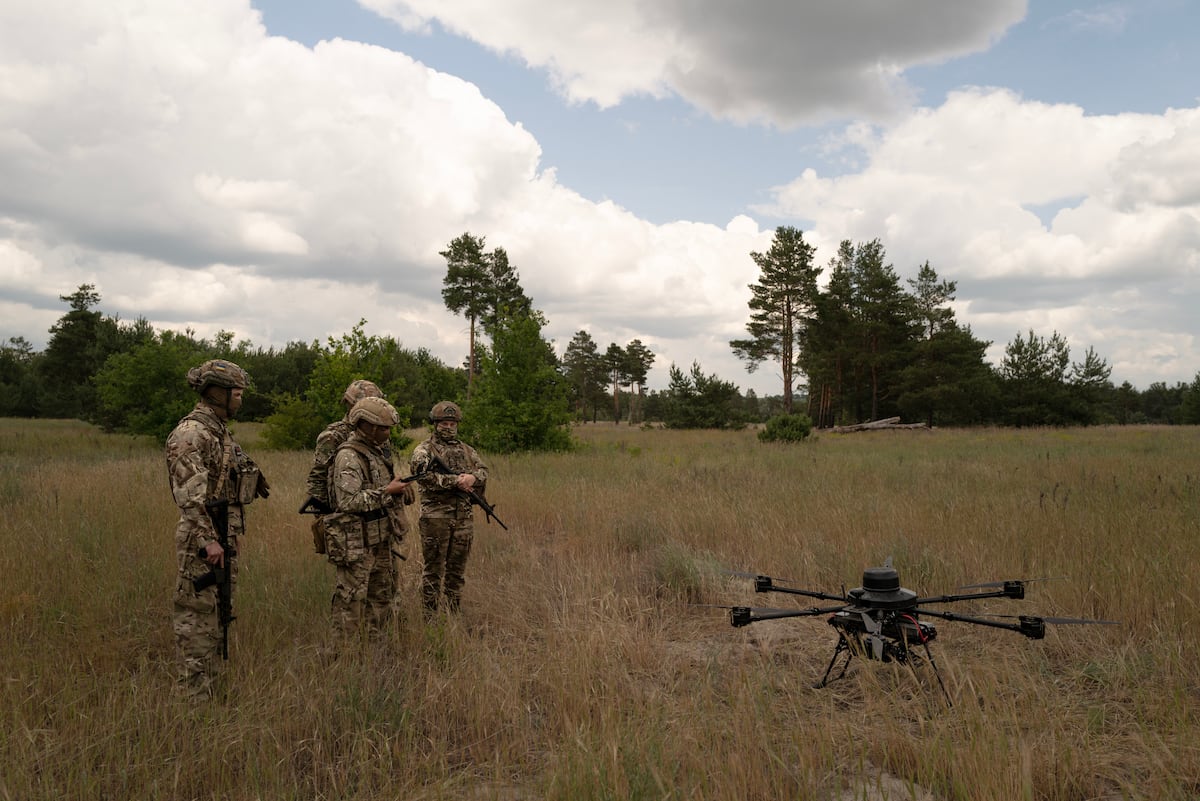Quadrantids meteor shower 2024: How to spot it on 3 and 4 January
Quadrantid “fireball” in Tres Piedras, New Mexico, in January 2020 Mike Lewinski CC BY 2.0 DEED The first major

Quadrantid “fireball” in Tres Piedras, New Mexico, in January 2020
Mike Lewinski CC BY 2.0 DEED
The first major meteor shower of the year kicks off tonight and tomorrow, peaking in the early hours of 4 January, Greenwich Mean Time (GMT). Called the Quadrantids, it is one of the most active meteor showers of the year.
At its pinnacle, up to 110 meteors are visible each hour, with the event often being associated with particularly bright meteors called fireballs.
This year, a third quarter moon means moonlight could get in the way of seeing as many as 110 meteors, but if you have clear skies, it will still be worth a look.
When are the Quadrantids?
The current Quadrantid meteor shower began on 28 December, but it will be visible for some on 3 January and peak just before 1am GMT on 4 January, in an event that is expected to last just six hours.
Where can I watch the Quadrantids?
The Quadrantid meteor shower is best viewed from the northern hemisphere. If you have a clear sky, go outside just after midnight and try to get away from light pollution.
From the southern hemisphere, the chance of seeing any Quadrantids meteors is low, as its peak there will be after sunrise. But lucky viewers might catch some in the hours before sunrise on 4 January.
How to watch the Quadrantids
You don’t need any special equipment to watch a meteor shower. Make sure you have something to keep you warm, then lie back, look at the sky and wait for the meteors to appear.
Like all meteor showers, the Quadrantids is named after the constellation the meteors appear to come from in the sky. In this case, it is an old constellation that was called Quadrans Muralis in the 1800s, when the shower was discovered. Now, this patch of the sky is part of the constellation Boötes.
You don’t need to be able to find Boötes to see the meteor shower, but if you want to know where it is, you can find it by its brightest star, called Arcturus. First, locate the Plough or the Big Dipper and look at the line of stars that forms its handle.
Follow the arc of this curve and you’ll get to a bright star that will be visible near the eastern horizon at around midnight. Remember this technique by thinking of “arc to Arcturus”.
What is a meteor shower?
Meteors are flashes of light, sometimes with trails behind them, that move quickly across the night sky. They are created by bits of dust and debris entering Earth’s atmosphere and burning up.
This happens all the time, but meteor showers are peaks in the number of meteors that are visible. They occur when Earth’s orbit brings it into a big patch of debris left behind by a comet or asteroid. The origin of the Quadrantids in particular is a an asteroid called 2003 EH1.
Topics:







